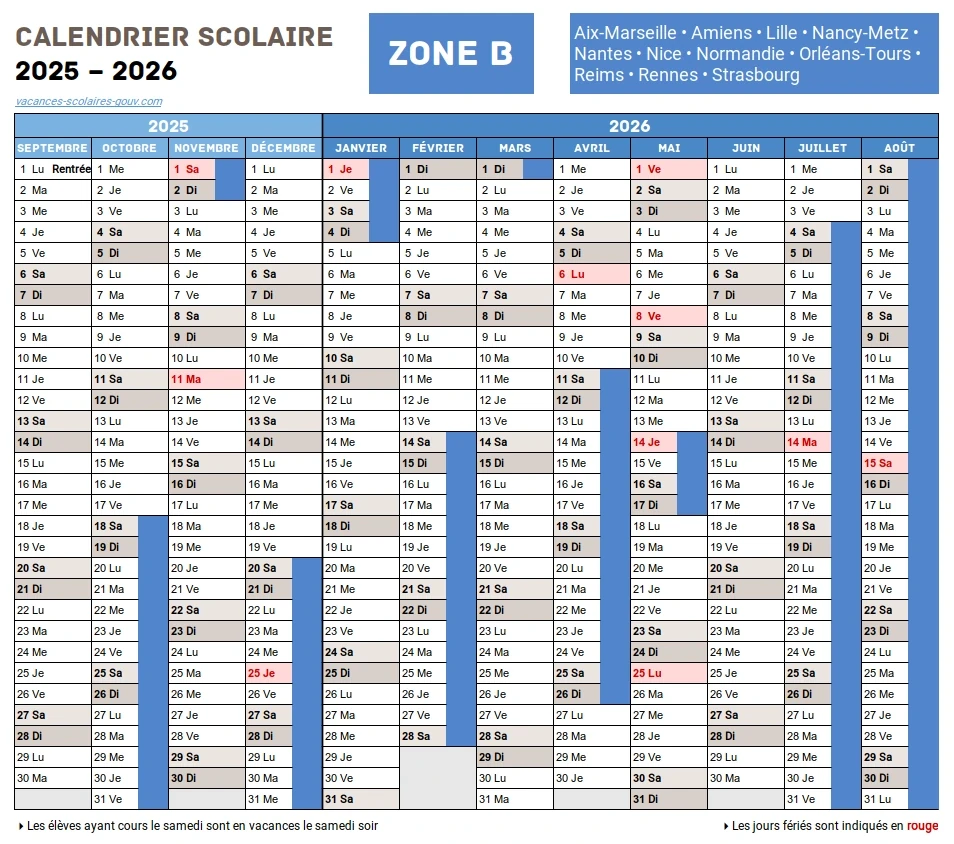Why You Won't See Excessive Heat Warnings As Often

Table of Contents
Improved Forecasting and Predictive Modeling
More accurate and timely heat warnings are a direct result of significant improvements in meteorological technology and forecasting techniques.
Enhanced Technology
Advancements in weather prediction have revolutionized our ability to anticipate and warn about extreme heat events.
- Improved resolution of weather models: Sophisticated supercomputers and higher-resolution models allow for a more granular understanding of temperature variations across smaller geographical areas. This means more precise predictions, pinpointing regions most at risk.
- Better understanding of local microclimates: Forecasting now incorporates detailed information about local topography, urban heat island effects, and other microclimatic factors that influence temperature. This leads to more accurate heat index calculations and more localized warnings.
- Incorporation of real-time data feeds: Real-time data from weather stations, satellites, and other sources are constantly integrated into forecasting models, providing the most up-to-date picture of developing heatwaves. This allows for earlier and more accurate predictions.
This enhanced precision reduces the need for overly broad excessive heat warnings, leading to more targeted and effective alerts. The improved accuracy of the heat index calculations also allows for better communication of the actual risk to the public.
Early Warning Systems
The implementation of advanced early warning systems plays a crucial role in mitigating the impact of extreme heat.
- Examples of early warning systems: National weather services in many countries have developed sophisticated early warning systems, often working in conjunction with regional and local agencies.
- Lead times for warnings: These systems often provide warnings several days in advance, giving individuals and communities ample time to prepare.
- Improved communication strategies: Improved communication strategies, including targeted outreach to vulnerable populations via multiple channels (SMS, social media, etc.), ensure that warnings reach those most at risk.
These targeted warnings are more effective than broad, generalized alerts, reducing the overall need for frequent excessive heat warnings.
Changes in Warning Criteria and Thresholds
The way we issue heat warnings is also evolving, driven by both advancements in understanding extreme heat and the realities of climate change.
Adapting to Climate Change
As our climate changes, the thresholds for issuing extreme heat warnings are being carefully reviewed and adjusted.
- Examples of adjustments: Some regions are adjusting their thresholds to reflect observed increases in average temperatures and the frequency of heatwaves.
- Explanation of how thresholds are determined: These adjustments are based on scientific data, including historical temperature records, health impacts, and societal vulnerability.
- Consideration of acclimatization and adaptation: The process also takes into account the potential for populations to acclimatize to higher temperatures, although this is a complex factor and doesn't diminish the importance of preparedness.
While raising thresholds might result in fewer warnings, it's crucial to emphasize the importance of individual and community preparedness regardless of warning frequency. Critics might argue that raising thresholds minimizes the risk, but the focus is on a more nuanced, impact-based approach.
Focus on Impact-Based Warnings
The shift towards impact-based warnings is a significant change in how we communicate about extreme heat.
- Examples of impact-based warnings: Instead of focusing solely on temperature, these warnings highlight potential consequences, such as increased hospital admissions, power outages, and wildfire risk.
- Targeting specific vulnerable groups: These warnings often target specific groups, such as the elderly, children, and people with pre-existing health conditions, who are most vulnerable to heat-related illnesses.
- Use of health advisories alongside temperature warnings: Impact-based warnings frequently include health advisories offering practical advice on staying safe during a heatwave.
This targeted approach reduces the need for broad, general heatwave warnings while still effectively communicating the risks and necessary precautions.
Increased Public Awareness and Preparedness
The decreased frequency of some heat warnings also reflects a growing understanding of the risks of extreme heat and improved community preparedness.
Education Campaigns
Public awareness campaigns play a critical role in improving individual preparedness.
- Examples of successful campaigns: Many public health organizations run effective campaigns to educate the public about heat-related illnesses, prevention strategies, and the importance of staying informed about heat advisories.
- Impact on individual behavior: These campaigns can significantly influence individual behavior, leading to proactive measures to protect oneself during periods of extreme heat.
- Improved understanding of heat-related risks: Increased awareness helps people understand the risks associated with heatstroke, dehydration, and other heat-related illnesses.
A well-informed public is more likely to take proactive measures, reducing the need for frequent warnings.
Community Resilience Building
Building community resilience to extreme heat is crucial for long-term safety and reduces the reliance on frequent warnings.
- Examples of community cooling centers: Many communities have established cooling centers to provide refuge during heatwaves.
- Improved urban planning: Better urban planning, including the planting of trees and the design of buildings to reduce the urban heat island effect, mitigates the impact of extreme heat.
- Access to air conditioning: Increased access to air conditioning, especially for vulnerable populations, is a crucial aspect of community resilience.
These initiatives reduce the severity of heat's impact, lowering the need for frequent excessive heat warnings.
Conclusion
The perceived decrease in excessive heat warnings is largely due to several factors: improved forecasting accuracy, adjustments to warning criteria reflecting climate change, and a heightened public awareness of heat-related risks and preparedness. While you might see fewer excessive heat warnings, staying informed about extreme heat and taking precautions remains crucial for your safety. Check your local weather forecasts regularly and be prepared for potential heatwaves. For up-to-date information on heat health, visit your local public health agency's website.

Featured Posts
-
 Metz 2026 Jacobelli Se Presentera T Il Aux Municipales
May 30, 2025
Metz 2026 Jacobelli Se Presentera T Il Aux Municipales
May 30, 2025 -
 Danmark Portugal Noglekampe Og Spilforudsigelser
May 30, 2025
Danmark Portugal Noglekampe Og Spilforudsigelser
May 30, 2025 -
 Perbandingan Harga Kawasaki Z900 Dan Z900 Se Di Indonesia Dan Negara Lain
May 30, 2025
Perbandingan Harga Kawasaki Z900 Dan Z900 Se Di Indonesia Dan Negara Lain
May 30, 2025 -
 The Transformative Power Of An Adult Autism Diagnosis
May 30, 2025
The Transformative Power Of An Adult Autism Diagnosis
May 30, 2025 -
 March Rains Fail To Fully Address Water Shortage
May 30, 2025
March Rains Fail To Fully Address Water Shortage
May 30, 2025
